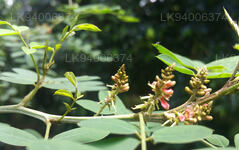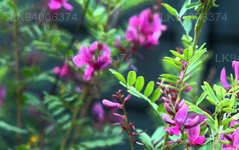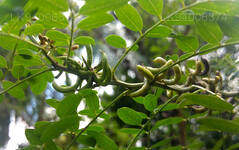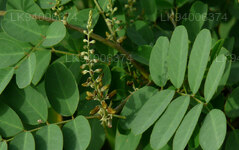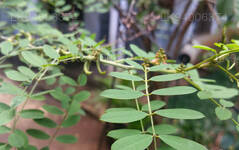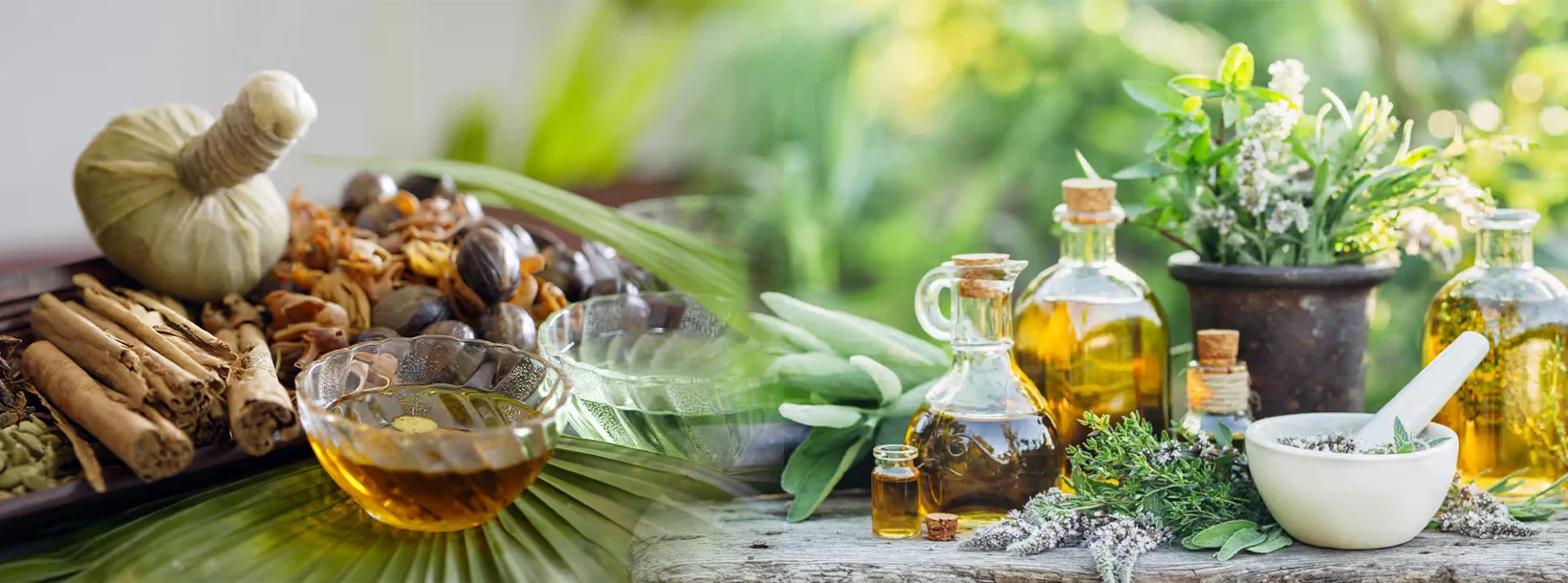
Ayurvedic Medicinal Plants
Sri Lanka's Ayurvedic tradition features a rich variety of medicinal plants used for centuries. Sri Lanka has a rich tradition of Ayurvedic medicine, drawing on its indigenous knowledge and a variety of medicinal plants. Here are some notable Ayurvedic medicinal plants found in Sri Lanka:
Indigofera tinctoria; Nilavariya; නිලාවේරිය
Indigofera Tinctoria, also called true indigo, is a species of plant from the bean family that was one of the original sources of indigo dye. It has been naturalized to tropical and temperate Asia, as well as parts of Africa, but its native habitat is unknown since it has been in cultivation worldwide for many centuries. Today most dye is synthetic, but natural dye from I. tinctoria is still available, marketed as natural coloring where it is known as tarum in Indonesia and nila in Malaysia. In Iran and areas of the former Soviet Union it is known as basma. The plant is also widely grown as a soil-improving groundcover.
True indigo is a shrub one to two meters high. It may be an annual, biennial, or perennial, depending on the climate in which it is grown. It has light green pinnate leaves and sheafs of pink or violet flowers. The plant is a legume, so it is rotated into fields to improve the soil in the same way that other legume crops such as alfalfa and beans are.
Dye is obtained from the processing of the plant's leaves. They are soaked in water and fermented in order to convert the glycoside indican naturally present in the plant to the blue dye indigotin. The precipitate from the fermented leaf solution is mixed with a strong base such as lye.
The rotenoids deguelin, dehydrodeguelin, rotenol, rotenone, tephrosin and sumatrol can be found in I. tinctoria.
Marco Polo (13th century) was the first European to report on the preparation of indigo in India. Indigo was quite often used in European easel painting, beginning in the Middle Ages
Indigofera tinctoria is part of the catalog of ayurvedic medicinal plants of Sri Lanka.
-

Ankenda
Acronychia pedunculata -

Beli
Aegle marmelos -

Bakmi
Nauclea orientalis -

Bangwel-geta
Coscinium fenestratum -

Bukinda /Walkinda
Tinospora malabarica -

Bu- kobbe
Allophylus cobbe -

Dodan –kaha
Memecylon capitellatum -

Diyamitta
Cissampelos pareira -

Embul dodan
Citrus aurantium -

Gas nidikumba
Biophytun reinward -

Hintambala
Carmona microphylla -

Goraka
Garcinia cambogia -

Karapincha
Murraya koenigii -

Keppetiya
Croton laccifer -

Kohomba
Azadirachta indica -

Kotikan-bevila
Sida alba -

Kudumiris (Forest paper)
Toddlia asiatica -

Kurundu
Cinnamomum zeylanicum -

Mahakaramba
Carissa carandas -

Muna mal
Mimusops elengi -

Nelli
Phyltanthus emblica -

Puwak
Areca catechu -

Rath mal
Ixora coccinea -

Eepatta / Ruk - anguna
Alangium salviifolium -

Siyambala
Tamarindus indica -

Walangasal / Wal-embilla
Embelia ribes -

Wal Karapincha
Micromelum ceylanicum -

Welangiriya
Paramignya monophylla
Ayurvedic and Herbal
-
Siddhalepa Ayurveda Urtebalsam
Normalpris Fra 3,00 DKKNormalprisStykpris / pr. -
Lakpura Dehydreret Soursop (Guanabana, Graviola, Guyabano) Blade
Normalpris Fra 21,00 DKKNormalprisStykpris / pr. -
Link Swastha Thriphala (30 Tabletter)
Normalpris Fra 13,00 DKKNormalprisStykpris / pr. -
Sethsuwa Pranajeewa Miracle Oil
Normalpris Fra 22,00 DKKNormalprisStykpris / pr.


